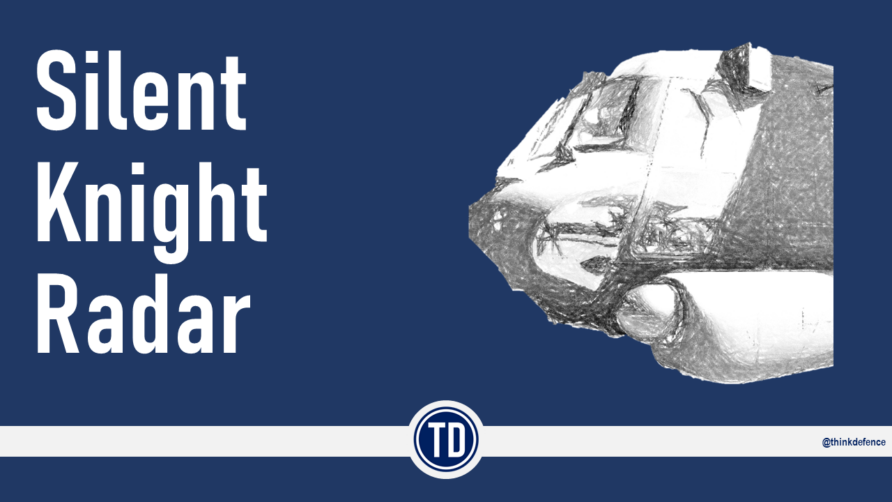It is estimated there are more than 8,000 tonnes of space debris in low earth orbit, spread across tens of thousands of objects.
They could destroy a satellite or pose a danger to crewed flight operations. The Kessler Effect (or syndrome) is a theoretical scenario in which multiple collisions of space debris create a chain reaction of subsequent collisions, rendering low earth orbit a band of debris so thick, that no satellites would remain undamaged.
It would be catastrophic.
This video provides a good overview of the threat
Space Debris Removal Systems
To address this growing problem, projects, and programmes are in place to determine the optimal solution for their removal. These range from grapples to microsatellites that de-orbit whole satellites at a time that are non-responsive.
The UK, with its very satellite sector, has the Remove Debris project led by the Surrey Space Centre
This mission will comprise of a main satellite platform (100kg) that will be propelled to the International Space Station by a SpaceX Falcon 9 rocket, and then deployed by the NanoRacks Kaber systems into orbit. Once in orbit, a series of experiments will take place on how to capture space debris. The project is co-funded by the European Commission and other project partners, and is led by us, the Surrey Space Centre. The research leading to these results has received funding from the European Union Seventh Framework Programme (FP7/2007-2013) under grant agreement No. 607099.
Read more at the link above but this video also provides an excellent overview.
The UK Government recently invested in OneWeb, a satellite-based communication provider aimed at government, commercial, and telecommunications markets (unlike Elon Musk’s Starlink system).
Despite the troubled past of OneWeb, at least one aspect has a debris-related advantage. Not only will the OneWeb Arrow satellites operate at a higher altitude to avoid most space debris, but they will also de-orbit themselves at the end of their lifespan.
However, if control is lost of satellites at this altitude, they will likely take a very long time to come down of their accord, creating yet more problems.
So, OneWeb satellites have a ‘docking plate’ that can interface with the End of Life Services by Astroscale-demonstration (ELSA-d) satellite from another company called Astroscale. The Astroscale mission control centre is in the UK, the National In-Orbit Servicing Control Centre funded by a £4.2m grant from UK Research and Innovation (UKRI).
There is much more to this subject than a short blog post can convey, but one thing struck me when reading about it.
If you can de-orbit a satellite using a grapple or another dedicated satellite, can you do the same to one that is providing navigation, weapon guidance or ISTAR for an enemy?
This works both ways, and we might pause to ask what a) would be the difference between this and an anti-satellite missile, and b) would launching a de-orbit satellite be construed as an aggressive act, perhaps triggering escalation.
The logistics and operational employment of hostile satellite removal are far from simple, let alone the political, ethical, legal and doctrinal issues. However, as the UK finds itself in an excellent position in the commercial space debris removal market, can we leverage that for defence?
We might already be behind, as the Centre for Strategic Studies noted recently, the Chinese SJ-17 satellite has a grapple and has been acting in an ‘unusual manner’
Can we afford not to have some skin in the game here, or should stay clear of it?
Read more [Amazon Affiliate Link]

Discover more from Think Defence
Subscribe to get the latest posts sent to your email.



